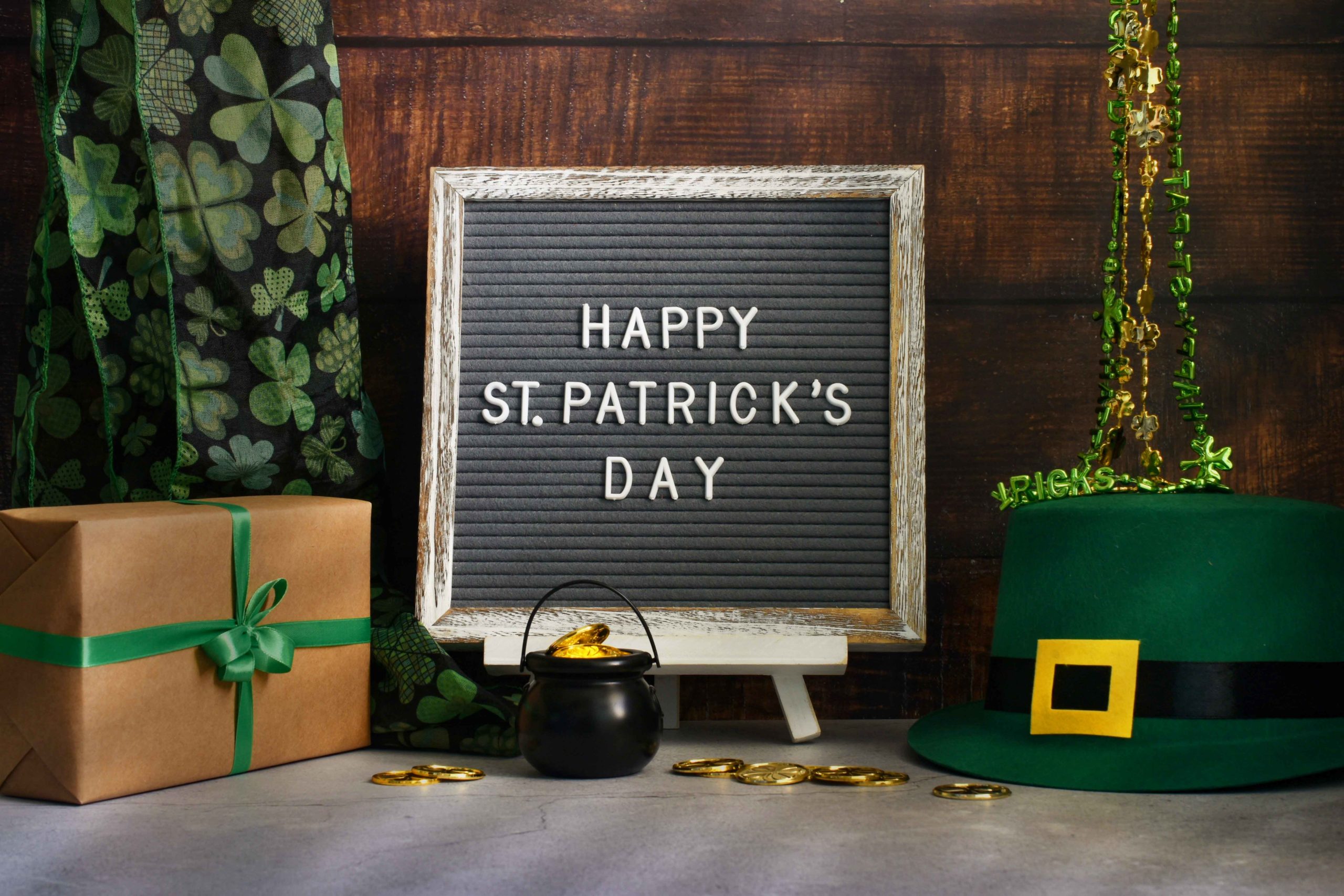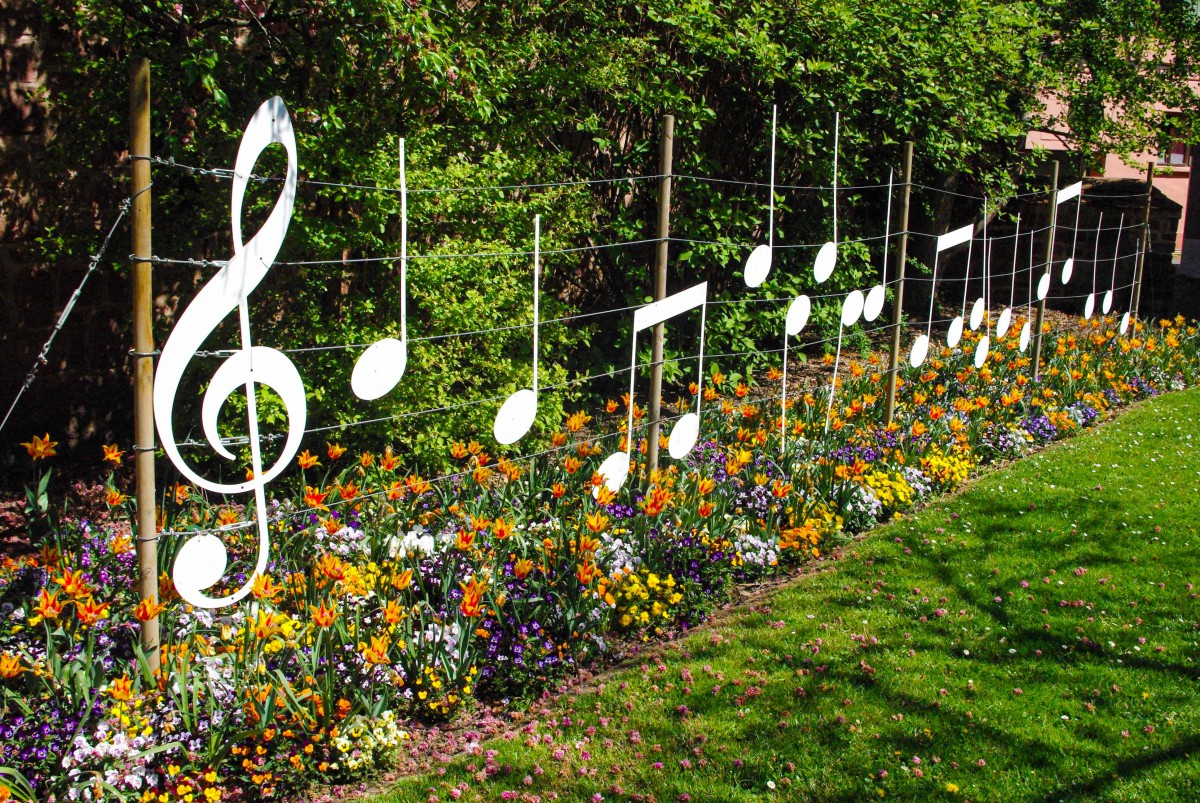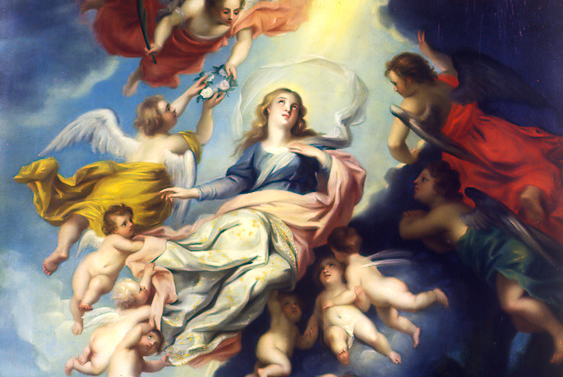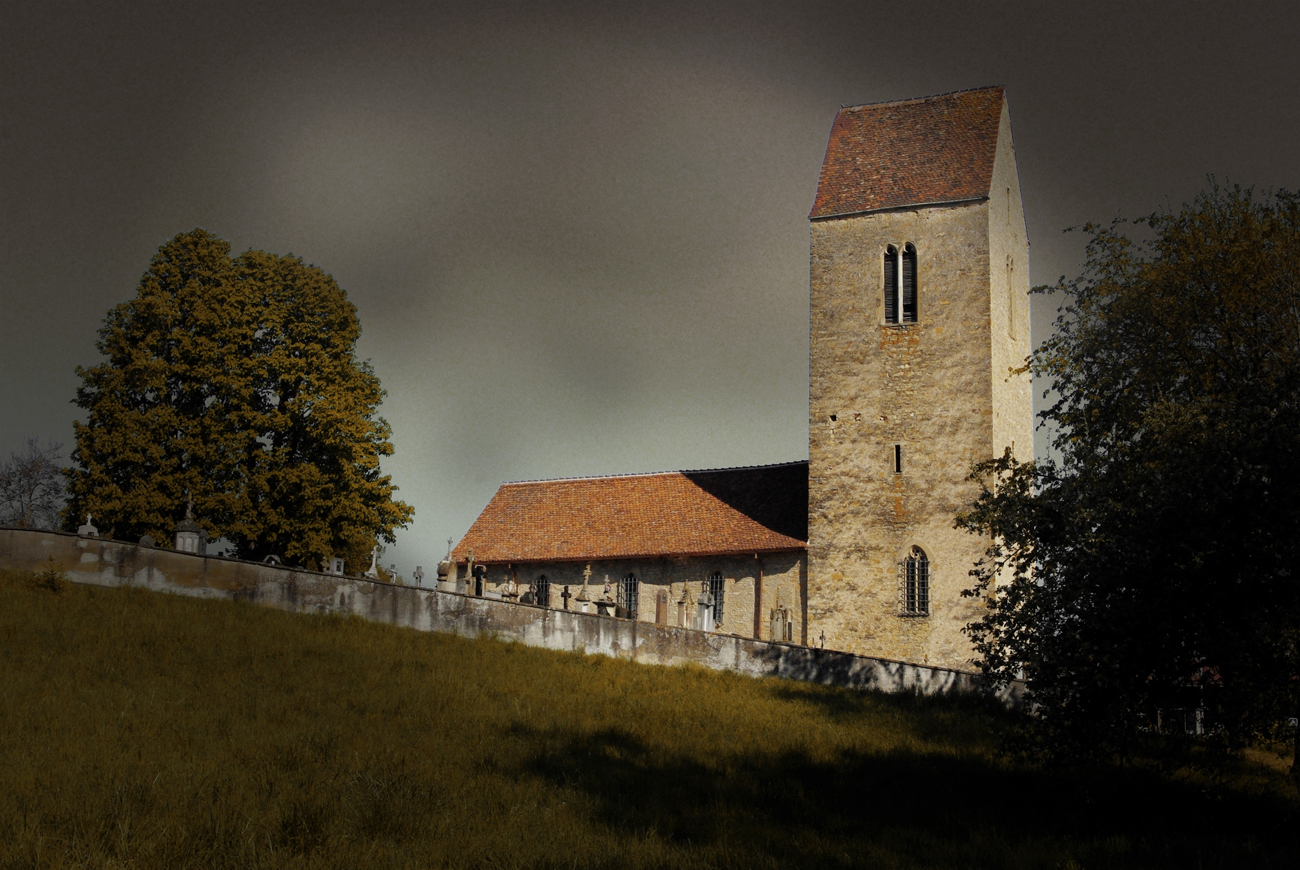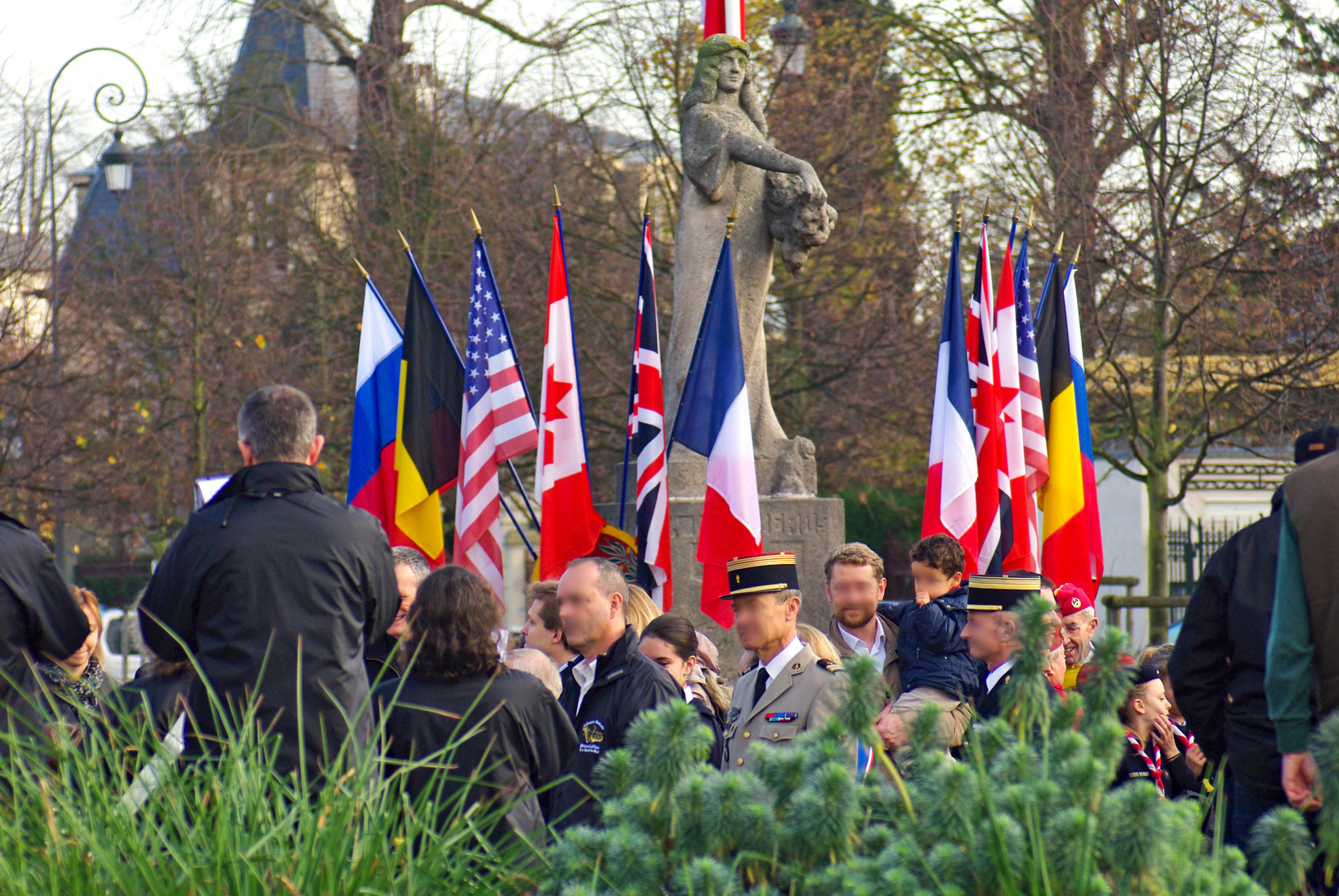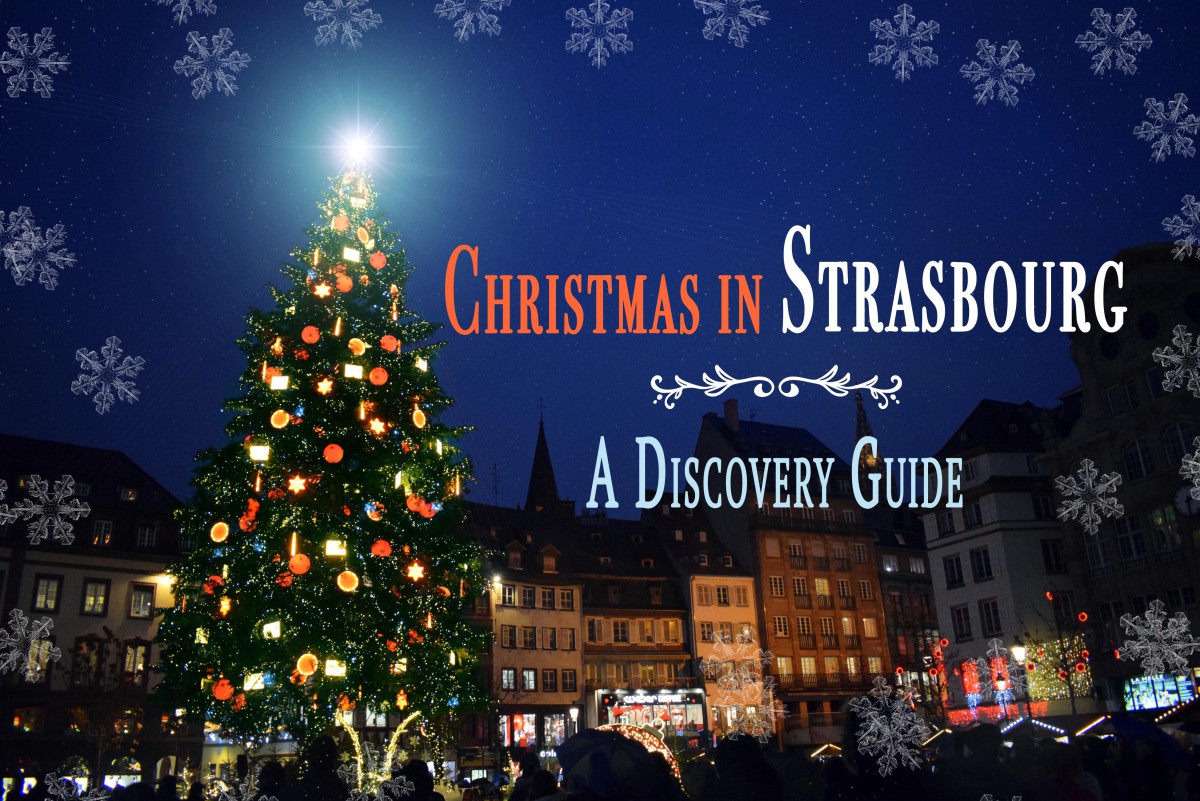In France, we know how to celebrate life on many occasions! Whether you visit Paris or the Province, holidays and celebrations in France will bring an ‘exotic taste’ to your stay. Did you know the French annual calendar is punctuated with eleven bank holidays? As well as several religious, civil and commemorative celebrations. I hope this article will give you insights into what to expect on your next travel to France!
🎥 Watch this short video about the Holidays and Celebrations in France:
Traditions and Celebrations in France
To make life more pleasant, people took part in many festivals in the kingdom of France. Indeed, there were more than a hundred days of festivities during the year!

In addition, every event in the family (engagement, marriage, birth, baptism and even death) was an excellent occasion to bring relatives and a few friends together.
Thus, during the Middle Ages, people gathered according to a strict calendar. And, contrary to what we know today, summer was not a time of festivities.
No summer holidays in the Middle Ages!
Peasants knew that with summer would come the season of heavy work. On Midsummer’s Day, at the end of June, they would gather for one last big party (fête de la Saint-Jean or St. John’s Day). Fires were lit to celebrate the longest day. Young men practised jumping over the flames.

Between Midsummer’s Day (late June) and St. Michael’s Day (late September), everyone was busy either working in the fields, fighting in the war or training for the military.
Traditional festivals in France
Most holidays are sacred. However, religion has often preserved ancient pagan customs, which were attached, for example, to the worship of the sun (the winter solstice at Christmas and the summer solstice on Midsummer’s Day).

In contrast to the summer, festive days are much more frequent in winter and spring.
For example, the Christmas period lasted twelve days with the Feast of the Innocents, the Feast of the Fools, and New Year’s Eve, and ended with the Feast of the Kings with its traditional galette des Rois.
Later on, the following events would take place:
- Candlemas (Chandeleur) – and its candlelight procession,
- Shrove Tuesday (Mardi Gras), the last feast day before Lent
- The first Sunday of Lent (le Dimanche de la Quadragésime), when tradition has it fires are lit to dance around before going through the streets and the countryside carrying lit torches or firebrands.
- Easter (Pâques),
- And many others until Pentecost Sunday.
👉 Become a part of the fun, exciting and entertaining celebrations in France yourself by booking your next French break. When you book your travel using Direct Ferries voucher codes, you can save a bundle and have more spending money for your holiday!
Get the ebook Holidays & Celebrations in France!

288 pages – 117 illustrations
In this book, Pierre reveals the secrets of French celebrations, from the most famous to the least known. It is a cultural journey into French customs and traditions that will satisfy curious readers and lovers of France.
FIND OUT MORE & BUY YOUR COPY!
Major Holidays and Celebrations in France
Holidays and celebrations in France are integral to the country’s popular culture.

Public Holidays in France
The French observe 11 official public holidays.
5 of them are civil holidays:
- New Year’s Day (Jour de l’An),
- May Day (1er Mai or Fête du Travail),
- Victory in Europe Day (8 mai 1945),
- Bastille Day (Fête Nationale), and
- WWI Armistice Day (Armistice du 11 novembre 1918).
6 public holidays have a religious origin based on the Catholic faith:
- Easter Monday (lundi de Pâques),
- Ascension Day (Jeudi de l’Ascension),
- Whit Monday (Lundi de Pentecôte),
- Assumption Day (Assomption),
- All Saints’ Day (Toussaint), and
- Christmas (Noël).
Besides, people living in the two départements of Bas-Rhin and Haut-Rhin in Alsace and the Lorraine département of Moselle enjoy two additional public holidays:
- Good Friday (Vendredi Saint), and
- St. Stephen’s Day (Saint-Etienne – known as Boxing Day in English-speaking countries).
This is due to historical reasons when the three départements were returned to France in 1918.
Celebrations in France
Every season has its share of celebrations and festivals.
- Epiphany (Epiphanie)
- Candlemas (Chandeleur)
- Mardi-Gras & Carnivals (Carnaval)
- Valentine’s Day (Saint-Valentin)
- April Fools’ Day (1er avril)
- Europe’s Day (Journée de l’Europe)
- Mothers’ Day (Fête des Mères)
- Fathers’ Day (Fête des Pères)
- Feast of Saint John (Fête de la Saint-Jean)
- World Music Day (Fête de la Musique)






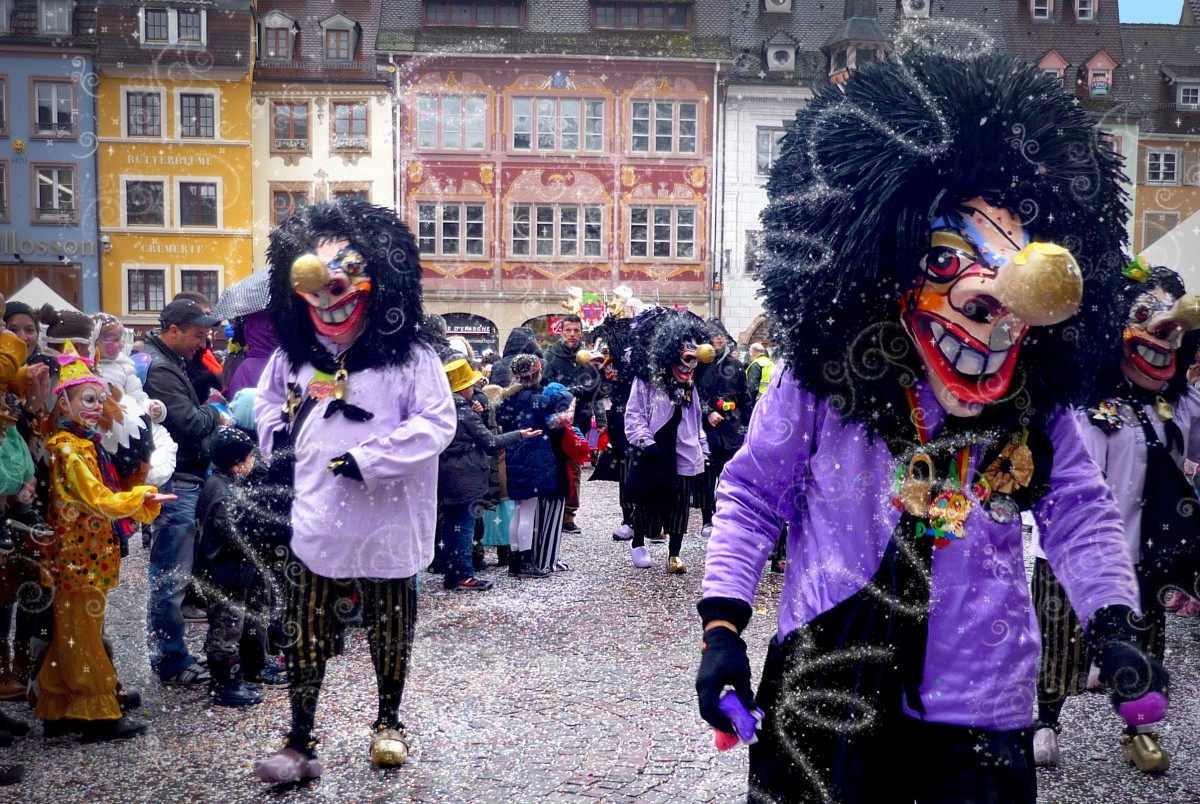
![Feu de la Saint-Jean Echavanne © Thomas Bresson - licence [CC BY 4.0] from Wikimedia Commons](https://frenchmoments.eu/wp-content/uploads/2021/06/Feu-de-la-Saint-Jean-Echavanne-©-Thomas-Bresson-licence-CC-BY-4.0-from-Wikimedia-Commons.jpg)
Holidays and Celebrations in France: local events
Some celebrations in France are local events, including sporting events. Here’s a (very) small list.
Folk Festivals in France
- Lemon Festival in Menton (Fête du citron de Menton)
- Nice Carnival (Carnaval de Nice)
- International Kite Festival of Berck-sur-Mer
- Transhumance Festival in Saint-Rémy-de-Provence
- Rouen Armada
- Grande Braderie of Lille
- Mondial Air Ballons festival in Lorraine
- European Heritage Days (Journées européennes du patrimoine)
- Return from the alpine pastures (Fête des Alpages)
- Wine harvest festivals in Alsace (Fête du Vin or Fête des Vendanges)
![Rouen Armada © Anytiope - licence [CC BY-SA 4.0] from Wikimedia Commons](https://frenchmoments.eu/wp-content/uploads/2014/05/Rouen-Armada-©-Anytiope-licence-CC-BY-SA-4.0-from-Wikimedia-Commons.jpg)
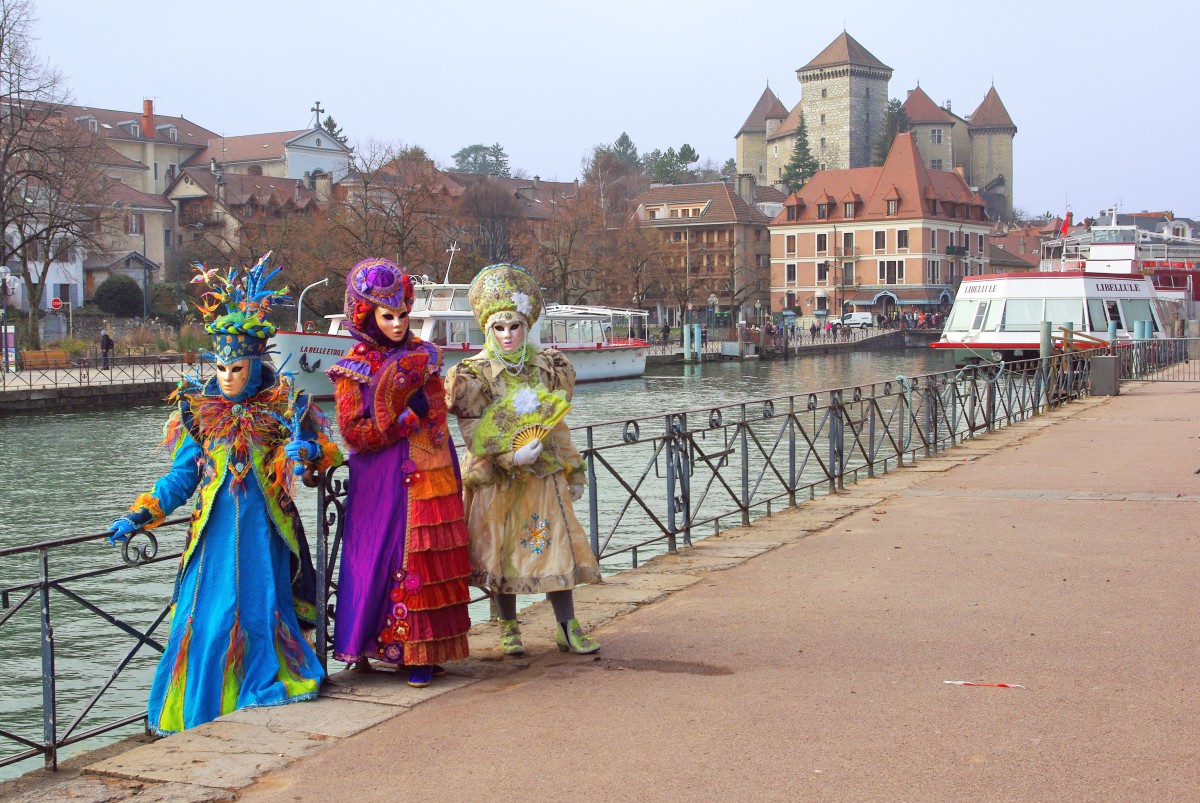

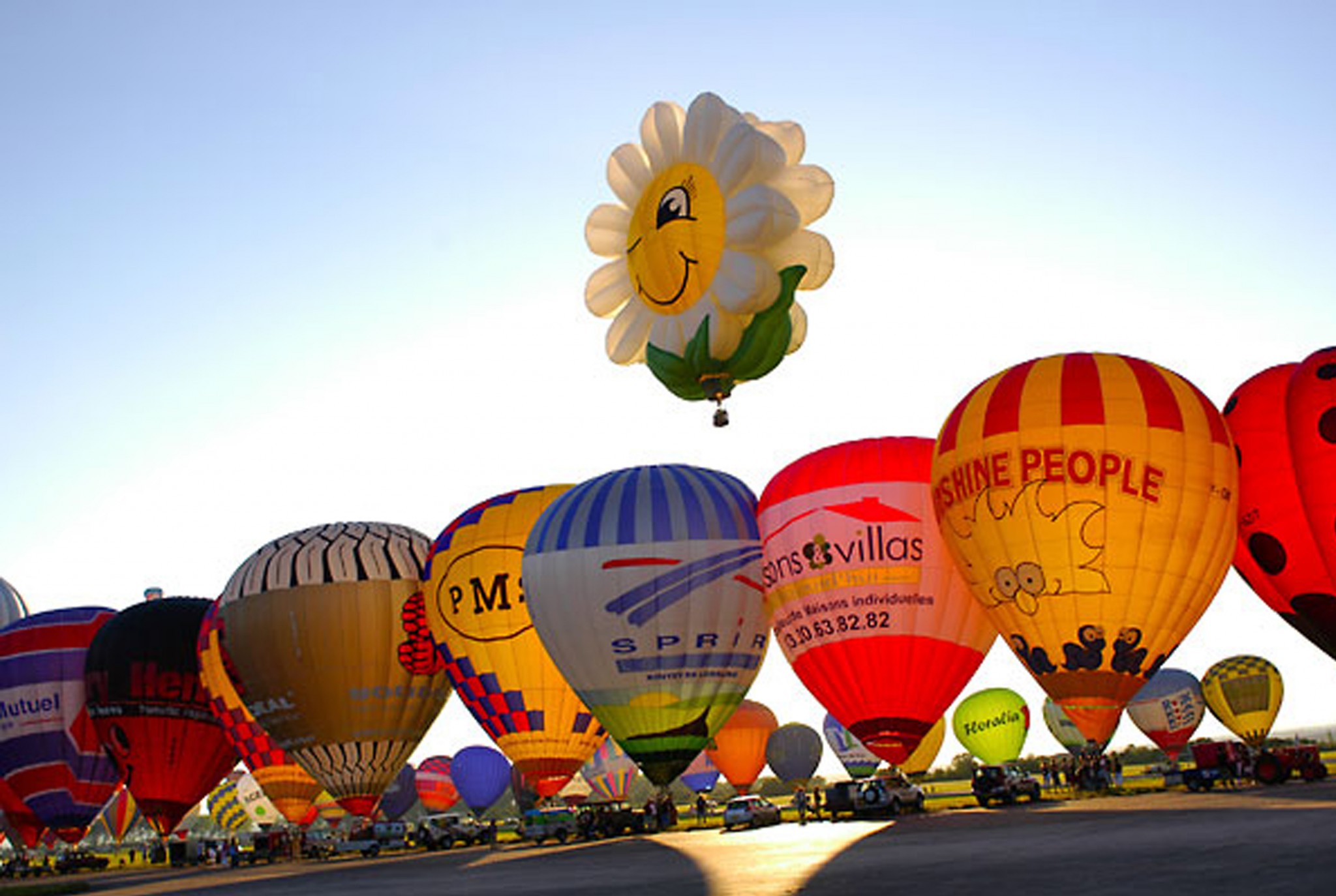

Christmas and End of Year Festivals
- Christmas market of Strasbourg (Marché de Noël de Strasbourg)
- Saint-Nicolas celebrations in Nancy
- Foire aux Santons in Marseille
- Festival of Lights in Lyon (Fête des Lumières de Lyon)
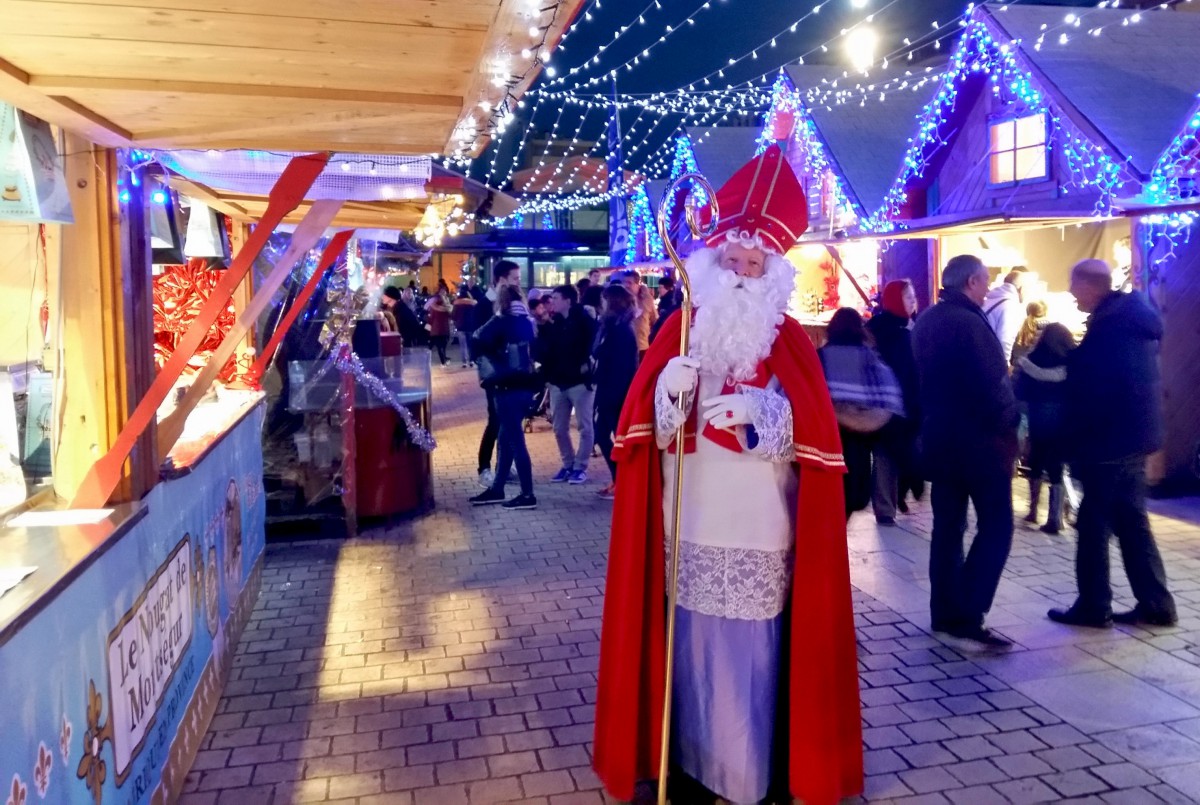


Music, Theatre and Film Festivals
- Cannes Film Festival
- Deauville American Film Festival
- Festival of Avignon
- Inter-Celtic Festival of Lorient

![Holidays and celebrations in France - Festival Interceltique de Lorient © Pymouss - licence [CC BY-SA 3.0] from Wikimedia Commons](https://frenchmoments.eu/wp-content/uploads/2014/05/Festival-Interceltique-de-Lorient-©-Pymouss-licence-CC-BY-SA-3.0-from-Wikimedia-Commons.jpg)
Sporting Events in France
- Easter Feria of Arles
- Monaco Grand Prix (Grand Prix de Monaco)
- Roland Garros French Open in Paris
- The 24 Hours of Le Mans (Les 24 Heures du Mans)
- Tour de France cyclist race
- Vendée Globe (a single-handed non-stop round-the-world yacht race starting and ending in Les Sables d’Olonne)



![Holidays and celebrations in France - 24 heures du Mans © Kevin Decherf - licence [CC BY-SA 2.0] from Wikimedia Commons](https://frenchmoments.eu/wp-content/uploads/2014/05/24-heures-du-Mans-©-Kevin-Decherf-licence-CC-BY-SA-2.0-from-Wikimedia-Commons.jpg)
Due to the pandemic, most of these events were cancelled in 2020 and 2021 for the first time since World War II.
In conclusion, France has a variety of festivals, each of which has its own unique activities and ways of celebrating. Many people seek distinctive and meaningful ways to commemorate these special days. Custom holiday enamel pins are a great way to add a personal touch to your celebration. Whether you want to create keepsakes for family, gifts for friends, or promotional items for your business, Enamelpins.com offers a versatile and affordable option.
Holidays and Celebrations in France and the Food Culture
In France, the tapestry of holidays is vividly coloured by a delectable array of culinary traditions, each celebration marked by its distinct flavours and dishes.
Christmas food traditions
Christmas, or ‘Noël’, is perhaps the most enchanting, where tables across the country groan under the weight of festive delicacies. Central to the Christmas feast is the ‘Réveillon,’ a sumptuous meal that brings families together, featuring iconic dishes like ‘foie gras,’ ‘coquilles Saint-Jacques,’ and the ‘bûche de Noël‘, a yule log-shaped cake symbolizing warmth and togetherness.

The New Year ushers in Epiphany, celebrated with the ‘galette des rois‘, a flaky pastry filled with frangipane. Hidden within is a ‘fève,’ a small charm, bestowing luck and kingship for a day upon the finder.

Winter food traditions
As February arrives, Candlemas, or ‘Chandeleur’, ushers in a sweet tradition of flipping crêpes, symbolising prosperity and joy. These thin, golden pancakes, often enjoyed with a sprinkle of sugar or a smear of chocolate paste, fill homes with warmth during the chill of winter.

Mardi-Gras, the last hurrah before Lent, is a carnival of taste, celebrated with ‘crêpes’, ‘gaufres‘ (waffles), and ‘beignets‘, sugary confections that mirror the day’s indulgent spirit.

Spring food traditions
Easter, or ‘Pâques’, brings its own culinary magic, particularly with the ‘gigot d’agneau’ (roast lamb) as a centrepiece and chocolate in myriad forms, from elegantly crafted eggs to playful chocolate bells or bunnies, delighting both the young and young at heart.

Baptisms or first communions are sweetened with ‘dragées’, almond candies symbolizing purity, while weddings feature the magnificent ‘pièce montée’, symbolising marital unity.
![Croquembouche © Eric Baker - licence [CC BY-SA 3.0] from Wikimedia Commons](https://frenchmoments.eu/wp-content/uploads/2014/05/Croquembouche-©-Eric-Baker-licence-CC-BY-SA-3.0-from-Wikimedia-Commons-scaled.jpg)
Each of these celebrations, deeply rooted in French culture, showcases the country’s love affair with food, where every holiday is an opportunity to gather, feast, and revel in the joy of culinary heritage.
Global Influences on French Festive Traditions
The landscape of French celebrations, steeped in rich traditions, has been subtly yet significantly reshaped by globalisation. This blending of global and local has led to intriguing cultural adaptations.
Anglo-Saxon holidays
Halloween, initially an American import, now sees French children donning costumes and partaking in trick-or-treating, a stark contrast to France’s historically subdued autumn celebrations.
Black Friday, another American export, has surged in popularity, altering the traditional French shopping calendar with its focus on deep discounts and holiday sales.
In recent years, St. Patrick’s Day has begun to capture the French imagination. While not traditionally celebrated in France, this Irish holiday has gained attention, especially in larger cities, with pubs and some communities embracing the festive spirit, green decorations, and perhaps a pint of Guinness, symbolising a growing appreciation for multicultural festivities.
![Saint Patrick's Day in France © Patrice CALATAYU - licence [CC BY-SA 2.0] from Wikimedia Commons](https://frenchmoments.eu/wp-content/uploads/2023/01/Gilets-Jaunes-in-Green-©-Patrice-CALATAYU-licence-CC-BY-SA-2.0-from-Wikimedia-Commons.jpg)
Christmas traditions evolving in France
The essence of Christmas in France, too, has evolved. Since the mid-20th century, the traditional values of this beloved holiday have been infused with new influences, most notably the figure of Santa Claus, a concept popularised by American culture. This jolly, gift-giving Santa has become central in French Christmas celebrations, merging with the country’s ‘Père Noël’ tradition.

Moreover, the appearance of German-style Christmas markets in every large town in France marks a significant cultural import. These markets, with their quaint wooden chalets, twinkling lights, and an array of handcrafted goods and traditional foods, offer a festive atmosphere reminiscent of the German ‘Christkindlmarkt.’ This adoption adds to the holiday charm and reflects a broader openness to cultural exchange and the blending of European traditions.
Easter traditions: Bell or Bunny?
Furthermore, in a subtle yet telling shift within Easter traditions, many French households are increasingly embracing the chocolate bunny, a symbol more commonly associated with Anglo-Saxon Easter celebrations, alongside or in place of the traditional chocolate bells, reflecting a broader trend of cultural exchange and the adoption of international symbols in French festive practices.

These changes highlight a dynamic interplay between preserving French cultural identity and adapting to global influences. They underscore how French celebrations evolve, mirroring broader trends in an increasingly interconnected world.
The way the French spent their holidays in France
Summer holidays and celebrations in France are synonymous with the great exodus!
Indeed, for eleven months of the year, the French think about the twelfth month, when they will take their annual holidays.
Some people like skiing and going on winter holidays, but most prefer the summer months. August is the big holiday, and many companies and businesses close for one to four weeks. In fact, in the big cities, especially in Paris, the place is deserted except for tourists.
In summer, around 70% of the French people surveyed go on holiday for an average of two weeks.

Holidays in France, a country of great variety
For 56% of them, their favourite destination remains… France!
This is the highest rate of residents staying in their country for holidays in Europe and the two other countries surveyed (the United States and Brazil).
How do I explain this?
Well, most French people are satisfied with what their country offers and, therefore, do not wish to travel abroad.
Mountains and rivers, sandy beaches and beautiful countryside are all available in France.

The French like to spend their holidays in another region of France
The French appreciate inter-regional tourism for their holidays (including the summer).
For example, between 2014 and 2016, there was an average:
- 4.4 million departures per year from the Paris region to Normandy.
- 4.1 million departures per year from the Paris region to Auvergne-Rhône-Alpes.
- 2.7 million departures per year from the Paris region to Provence-Alpes-Côte d’Azur.
- 2.1 million departures per year from Provence-Alpes-Côte-d’Azur to Occitania.
- 0.9 million departures per year from Hauts-de-France to Auvergne-Rhône-Alpes.

What types of accommodation do the French use during their holidays?
Camping is very popular, especially with the less well-paid. The better-off tend to rent villas for the holiday period. Moreover, country people and city dwellers overwhelmingly arrange to stay with friends or relatives.
The type of accommodation is as follows:
- Hotels: 10.6%.
- Campsite: 5.4%.
- Rental, gîte or bed and breakfast: 11.1%.
- Secondary residence: 9%.
- Family and friends: 57.4%.
- Other: 6.5%.

When do the French spend their holidays in France?
More than a quarter (26.2%) of French people’s holidays are taken in July-August.
August is thus the month when the number of French people taking holidays in France is highest (14.7%).

These tourists generate over 80% of the overnight stays recorded in Metropolitan France.
The average time spent elsewhere in France for holidays or to visit a loved one lasts an average of 5 nights.
Corsica is an exception, with more than 11 nights spent per stay (due to its island location in the Mediterranean).
![Calvi Bay © Marco Giambersi - licence [CC BY-SA 3.0] from Wikimedia Commons](https://frenchmoments.eu/wp-content/uploads/2020/01/Calvi-Bay-©-Marco-Giambersi-licence-CC-BY-SA-3.0-from-Wikimedia-Commons.jpg)
Where do the French spend their holidays in France?
The following figures show how the French passed their holidays in 2016 if they stayed in France.
- In towns: 30.2%
- In the country: 23.9%
- By the sea: 22.2%
- In the mountains: 20.2%
- Other: 3.5%

In addition to travelling in the region, the French appreciate foreign destinations, with a preference for neighbouring countries. Thus, Spain and Italy have been the two favourite destinations for the last few years, with more than 7.6 million departures in 2017.
Of course, the pandemic crisis of 2020-2021 has momentarily upset these trends. With a succession of lockdowns and curfews, holidays and celebrations in France have come to a halt.
School Holidays in France

The school year in France stretches from “La Rentrée” (coming back to school) to “Les Grandes Vacances” (Summer recess).
School holidays (les vacances) play an essential part in the tourism industry in France.
The dates are set by the Ministry of Education (Ministère de l’Éducation nationale). They vary depending on the zones in which the schools are located.
There are three school zones in France. They are not contiguous to facilitate access to sports resorts and tourist sites.
Therefore, whether a school is based in Paris, Strasbourg or Toulouse, the winter and spring holidays don’t take place simultaneously. Thus relieving the pressure on skiing and Mediterranean resorts.
The zones gather regional education authorities known as “académies” in French.
![Académies of France © Chabe01 - licence [CC BY-SA 4.0] from Wikimedia Commons](https://frenchmoments.eu/wp-content/uploads/2014/05/Zones_vacances_France_2016.jpg)
- Zone A includes the “académies” of Dijon, Besançon, Clermont-Ferrand, Grenoble, Lyon, Poitiers, Limoges, and Bordeaux.
- then Zone B includes the “académies” of Aix-Marseille, Amiens, Caen, Nancy-Metz, Lille, Limoges, Nantes, Nice, Orléans-Tours, Reims, Rouen and Strasbourg.
- and Zone C includes the “académies” of Toulouse, Montpellier, Créteil, Paris and Versailles.
Corsica and the Overseas départements and territories of France apply different school holiday times. Like in Australia and New Zealand, the school year in the French territories of New Caledonia and Wallis and Futuna starts in late January and finishes in early December.

Five periods of holidays in France
The school calendar includes five periods of holidays in France:
- The Summer holidays (les vacances d’été or les grandes vacances) are the longest and the most awaited by pupils and teachers. The two-month break starts at the beginning of July and ends early September.
- Autumn holidays or All Saints holidays (les vacances d’automne or les vacances de la Toussaint) last two weeks around the beginning of November.
- Christmas holidays (les vacances de Noël or les vacances de fin d’année) last two weeks and include Christmas and New Year’s Day.
- Winter holidays (les vacances d’hiver) are two weeks long and occur between the second week of February and the first week of March.
- Spring holidays (les vacances de printemps or les vacances de Pâques) do not always encompass Easter. They occur between the second week of April and the first week of May.
The Four Seasons of the Year in France
France is situated in the Northern Hemisphere. Like its fellow European neighbouring nations, it goes through a cycle of four distinctive seasons:
- Spring – le printemps
- Summer – l’été
- Autumn – l’automne
- Winter – l’hiver
These seasons have shaped most of the holidays and celebrations in France.
Click on the images below to reach our dedicated pages on the seasons of France:
Spring – le printemps
March-April-May-June
Summer – l’été
June-July-August-September
Autumn – l’automne
September-October-November-December
Winter – l’hiver
December-January-February-March
Pin it for later
Did you enjoy the reading? If so, share it on Facebook and/or X (formerly Twitter). Or pin the image below on Pinterest:

Get the ebook Holidays & Celebrations in France!

288 pages – 117 illustrations
In this book, Pierre reveals the secrets of French celebrations, from the most famous to the least known. It is a cultural journey into French customs and traditions that will satisfy curious readers and lovers of France.












